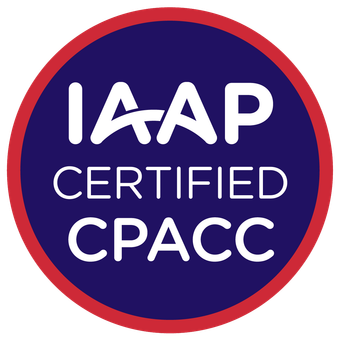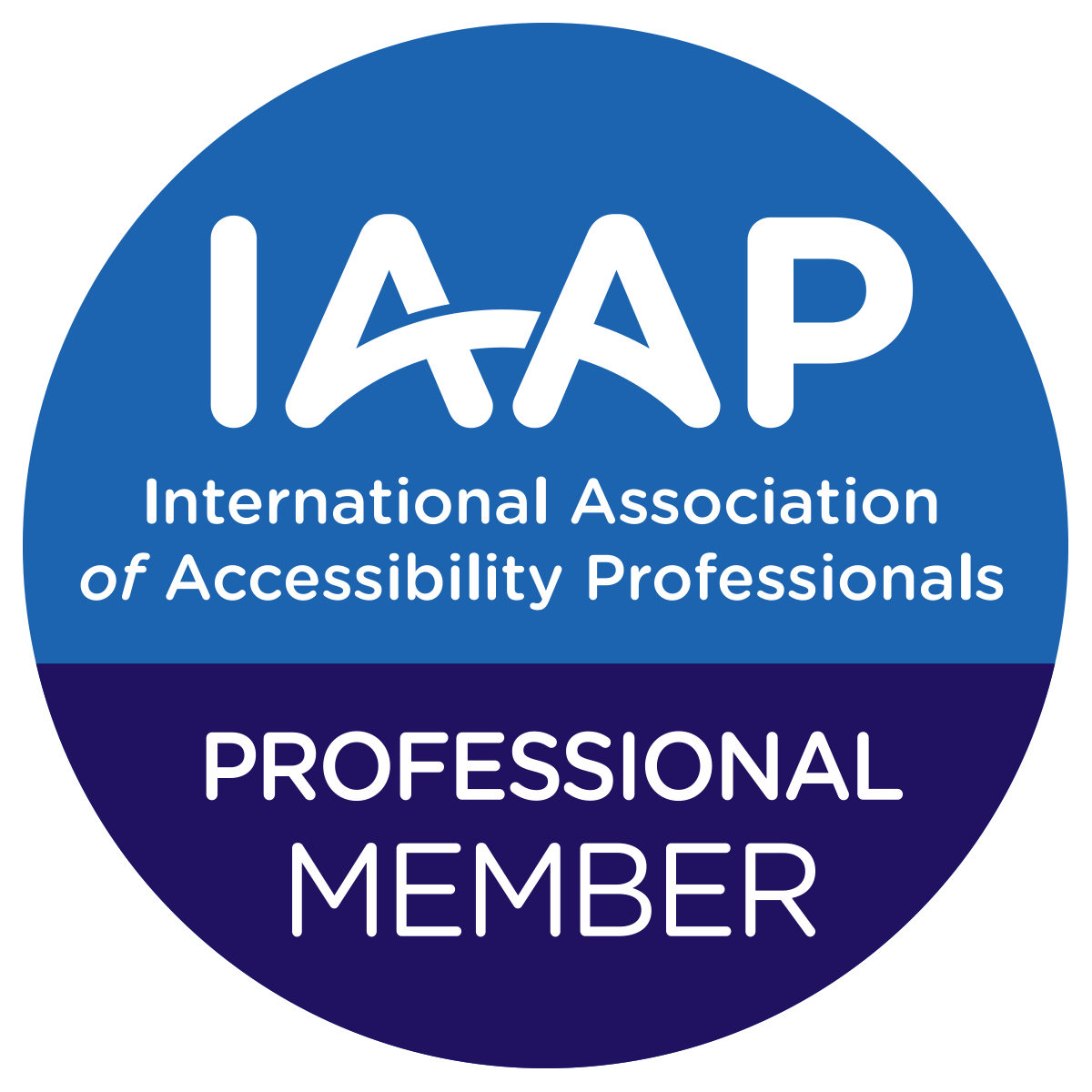PPC which stands for pay-per-click, is a model of internet marketing in which advertisers pay a fee each time one of their ads is clicked. Essentially, it’s a way of buying visits to your site, rather than attempting to “earn” those visits organically.
Search engine advertising is one of the most popular forms of PPC. It allows advertisers to bid for ad placement in a search engine’s sponsored links when someone searches on a keyword that is related to their business offering. For example, if we bid on the keyword “PPC software,” our ad might show up in the very top spot on the Google results page.
Starting from new products, heading on to ads updates and the targeting changes, let’s have a look at the paid search changes that mattered most in addition to the big trends, news and launches so far for 2017.
1. AdWords Audience Targeting
Audience targeting has continued to be a major theme this year.
Bing Ads enabled the ability to exclude lists in re-targeting campaigns in February and has begun testing in-market and custom audiences.
In-market audience and similar audience for Search and Shopping both rolled out in AdWords in the first half of 2017.
2. Conversion attribution and tracking
2017 saw an ultimate depreciation in AdWords Converted Clicks and the prime product release publicized at the Google Marketing Next.
Retailers can transfer their own reliability card or in-store sales conversions or other client email records into AdWords, which will show up in AdWords automatically with a program controlled by associations, Google has with different financial vendors giving it a coverage of 70 percent of credit card transactions in the US.
There was a big news in online-to-offline tracking of conversions with Google’s in-store deals estimation programs. Search marketers have had access to some attribution data in AdWords and Analytics, but Attribution pulls in more multichannel conversion data and feeds back into AdWords for bidding strategies.
Google can track and report on store visits from YouTube campaigns.
Google additionally added Maximize Conversions to its suite of mechanized offering methodologies towards the end of May.
3. Machine Learning
According to Fredrick Vallaeys, the founder of Googler & Optmyzr, machine learning is gearing up just about every innovation in search marketing.
The next big development having machine language at its heart which was declared by Google was about expansion of close variants in exact match. It was also depicted that word order will be ignored and there will be addition or subtraction of the function words in exact match keywords.
The perfect example for this is Google’s earlier smart display campaigns announcement which rely on machine learning for automating every facet of the campaign.
4. Shopping
Shopping advertisements are beginning to appear on the Display Network. Google began the pilot called Retail Shopping on Display on home and fashion outline retail locales. FYI, Google logically picked all sponsors into this pilot as of May 29. Sponsors can quit, yet now it’s impractical to set up a different display Shopping campaign (volume is still low).
Google Shopping was additionally at the core of the EU’s record fine levied against Google for antitrust infringement in late June. I believe the EU’s ruling against Google is absurd, but it could have an impact in the US.
Bing Ads added inventory feeds and search query reports at the product level in April. It later rolled out Merchant Promotions for Shopping campaigns in the US, allowing merchants to highlight special offers in their product ads. Those interested can fill out an online form to apply.
5. UI Changes
Advertisers were given the ability to see historical quality score data in AdWords by Google. Also, the bidding interface in the UI will be having a change and will be useful to show bid suggestions for different page positions. Setting up mobile-only campaigns became easier due to the rolling out of expanded device targeting.
6. Ads
2000 accounts were selected to participate a pilot termed “Ads Added by AdWords”, launched by Google in January.
Google also began testing a moment depiction line in extended text ads. What’s more, value augmentations taken off on all gadgets. These augmentations commonly seem to be in a swipeable carousel on portable device, an arrangement Google has kept in exploring different avenues regarding, demonstration of various expansion sorts in carousel.
Google made a few declarations for call advertisements. Headlines in call-only advertisements turned into the default, and call augmentations would now be able to be set at the record level.
The system could automatically add ads into the testing rotation in ad groups. The green outline around the Google’s “Ad” label on text ads got an official recognition. Dynamic Search Ads got page feeds and now supports the expanded text ads.

While we’re on the topic of mobile speed for e-commerce, Google also moved to open the Purchases on Google beta in mid-May to make buying from PLAs faster. A beta was launched by Google to enable advertisers to point their mobile search ads to AMP-enabled landing pages. AMP for Ads is ramping up. New reporting columns for phone impressions and calls became available at the keyword and ad levels.
I’m Ajay C Thomas, Founder & CEO of Sweans Technologies Ltd, a global agency specializing in website design, branding, web application development, and eCommerce, serving clients around the world with proven success.







